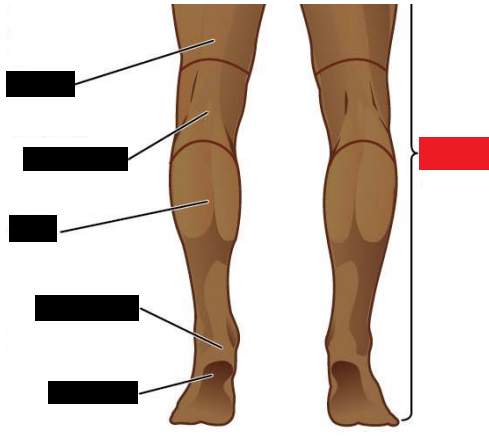Module 2.0 - Introduction to Human Anatomy and Physiology
1/84
There's no tags or description
Looks like no tags are added yet.
Name | Mastery | Learn | Test | Matching | Spaced |
|---|
No study sessions yet.
85 Terms
Anatomy
A branch of biology and medicine that refers to both internal and external structures of the body and their physical relationships
aná (ἀνά)
A Greek word which means “up”
témnō (τέμνω)
A Greek word which means “I cut”
Physiology
A branch of biology and medicine which refers to the scientific study on how the body works – functions and activities of living organisms
phúsis (φύσις)
A Greek word which means “nature, origin”
-logía (-λογία)
A Greek word which means “study of”
Standard Anatomical Position
It is the neutral anatomical position of the human body
• Standing upright
• Arms at the sides of torso
• Elbows extended
• Palms face forward
• Fingers extended
• Thumbs away from body
• Feet slightly parallel
• Toes oriented to the front
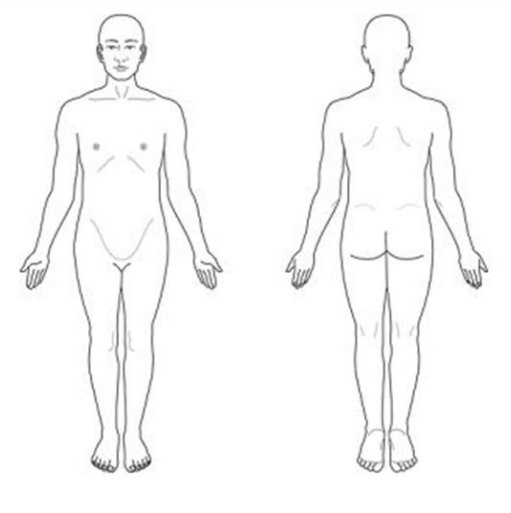
Directional Terms
Is the location of body parts relative to each other (e.g. anterior, posterior, etc)
Body Planes
Are sections of the body wherein a 2-dimensional plane passes through
Anterior (or Ventral)
A directional term which refers to the front or direction toward the front of the body
Posterior (or Dorsal)
A directional term which refers to the back or direction toward the back of the body
Superior (or Cranial)
A directional term which refers to above or higher than another part of the body proper
Inferior (or Caudal)
A directional term which refers to below or lower than another part of the body proper or near or toward the tail
Lateral
A directional term which refers to the side or away from the midline of the body
Medial
A directional term which refers to the middle or towards the midline of the body
Proximal
A directional term which refers to a position in a limb that is nearer to the point of attachment or the trunk of the body
Distal
A directional term which refers to a position in a limb that is farther from the point of attachment or the trunk of the body
Superficial
A directional term which means closer to the surface of the body
Deep
A directional term which means farther from the surface of the body
Anatomical Planes
It means dividing the human body or organs into sections by passing a 2-dimensional plane through it
Sagittal Plane
It divides the body or organ vertically to left or right sides
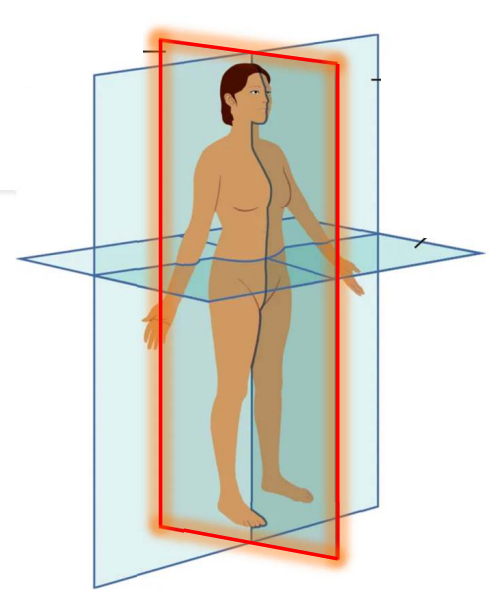
midsagittal/median plane
It is when a Sagittal plane divides the body into left and right in the middle
parasagittal/longitudinal plane
It is when a Sagittal plane divides the body into left and right but not in the middle
Frontal Plane
It is also called coronal plane, where it divides the body or organ into anterior and posterior
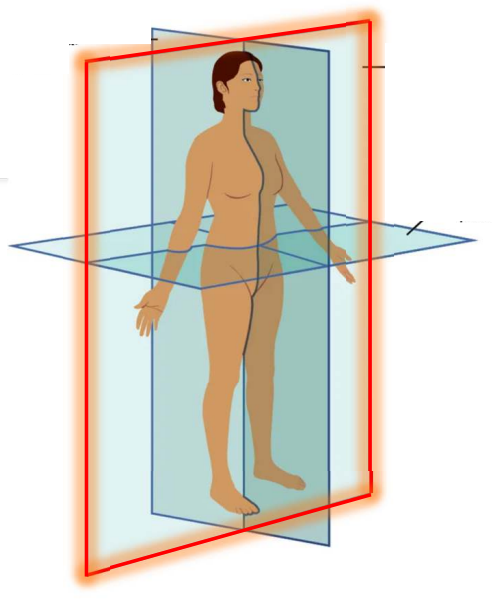
Transverse Plane
It divides the body or organ horizontally into super and inferior sections. This plane produces images referred to as cross sections
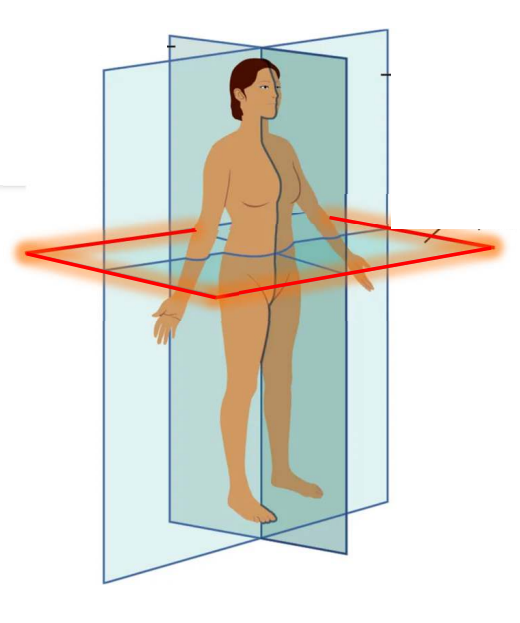
Regional anatomy
A division of the body into 5: head, neck, trunk, upper limb, and lower limb
Frons
“Forehead”
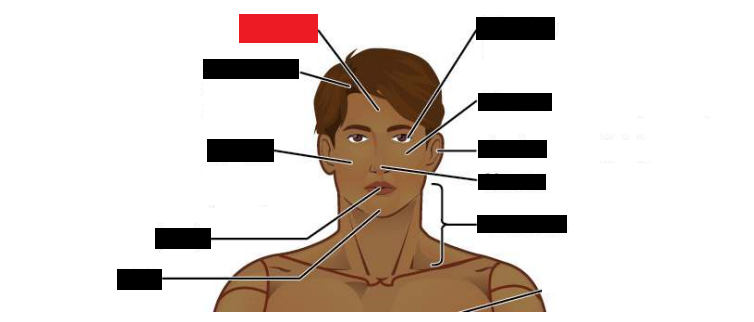
Cranium
“Skull”
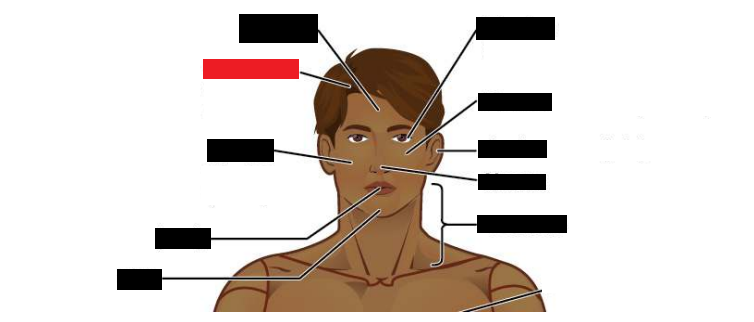
Facies
“Face”
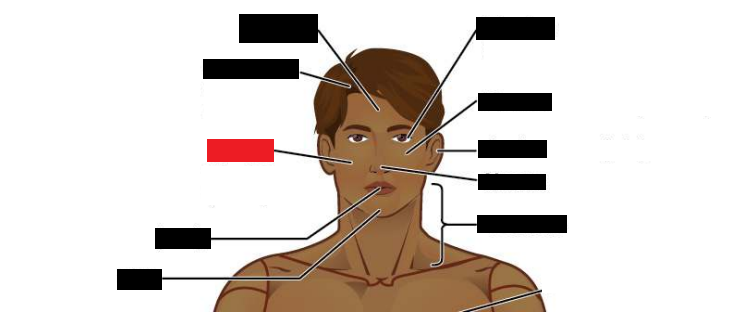
Oris
“Mouth”
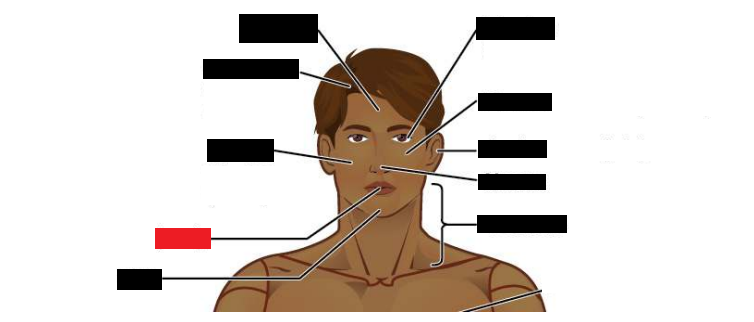
Mentis
“Chin”
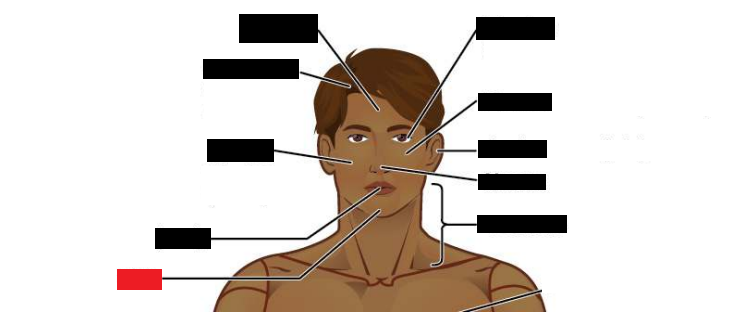
Oculus
“Eye”
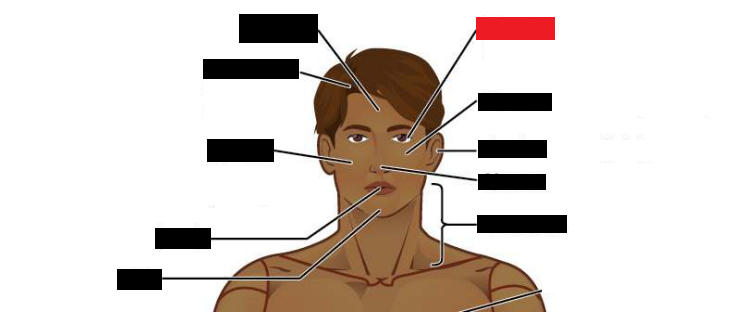
Bucca
“Cheek”
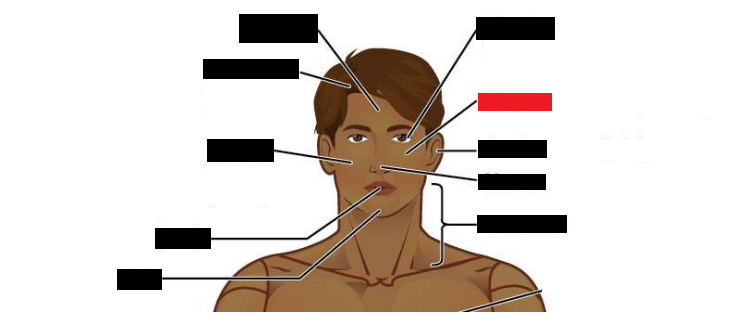
Auris"
“Ear”
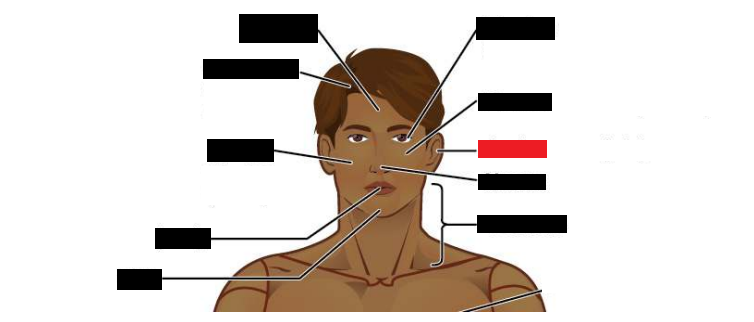
Nasus
“Nose”
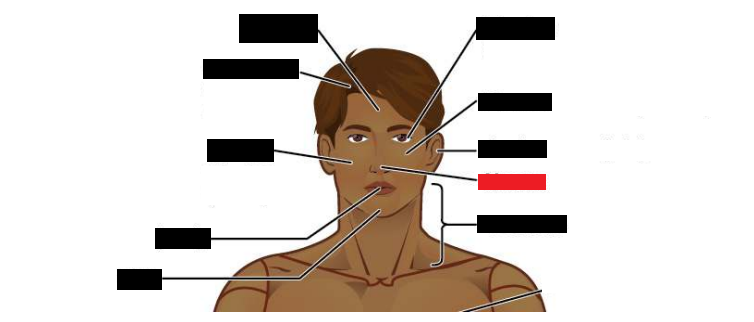
Cervicis
“Neck”
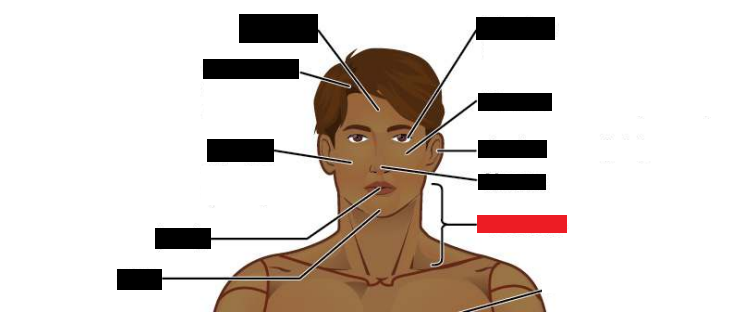
Cervicis
“Neck”
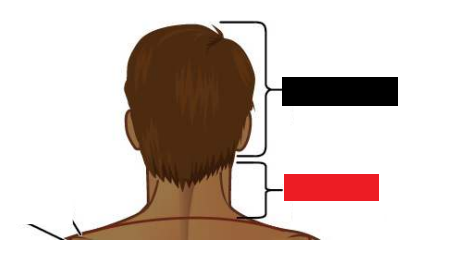
Cephalon
“Head”
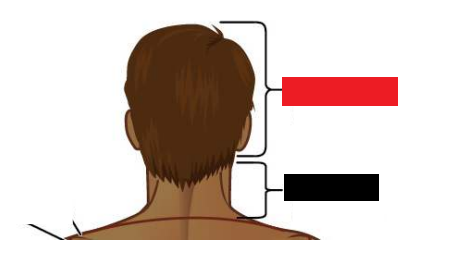
Thorcis / Thorax
“Chest”
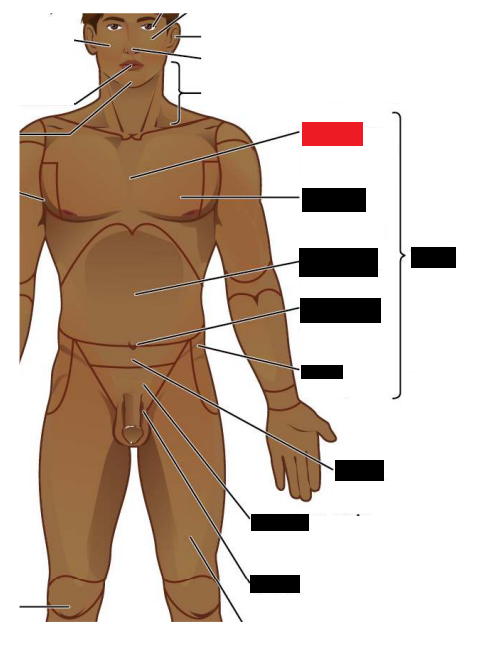
Mamma
“Breast”
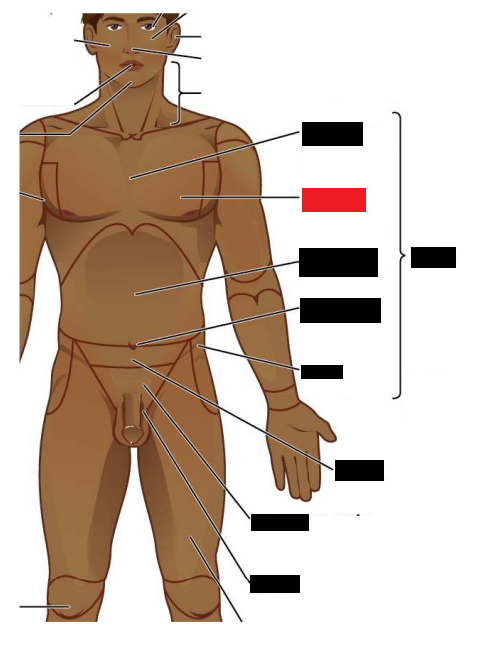
Abdomen
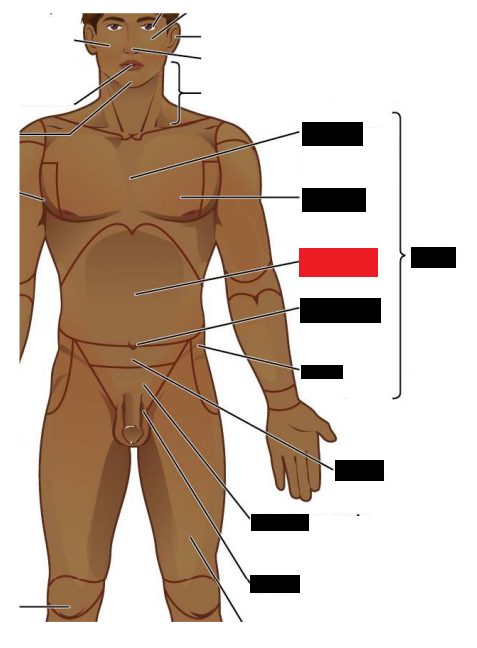
Umbilicus
“Navel”
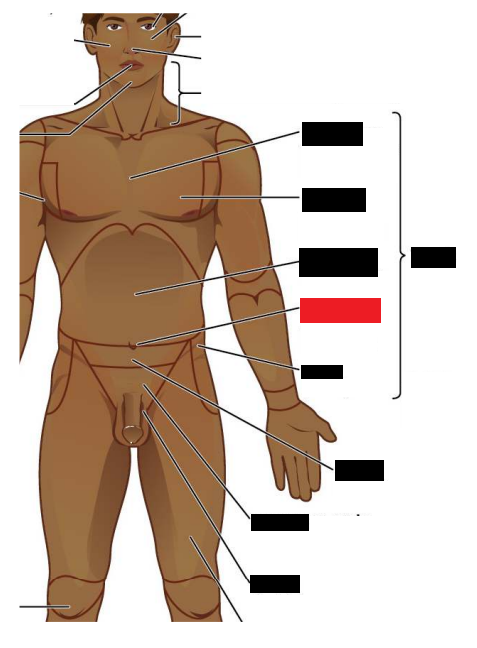
Hip
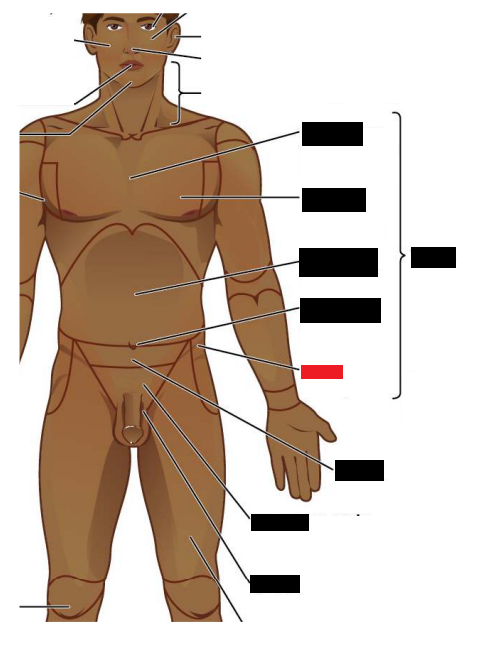
Pelvis
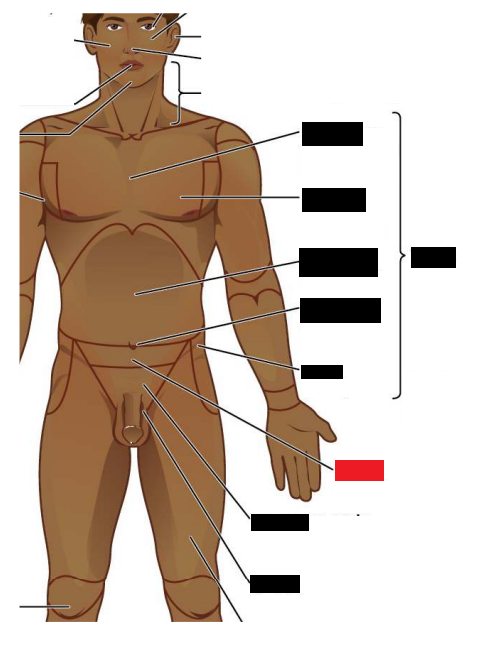
Inguen
“Groin”
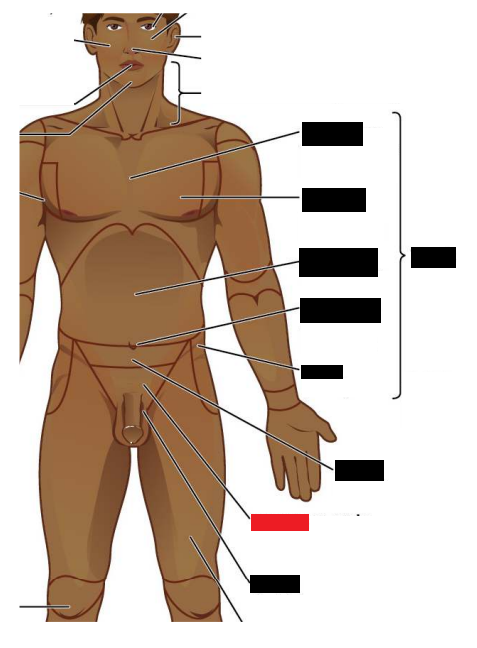
Pubis
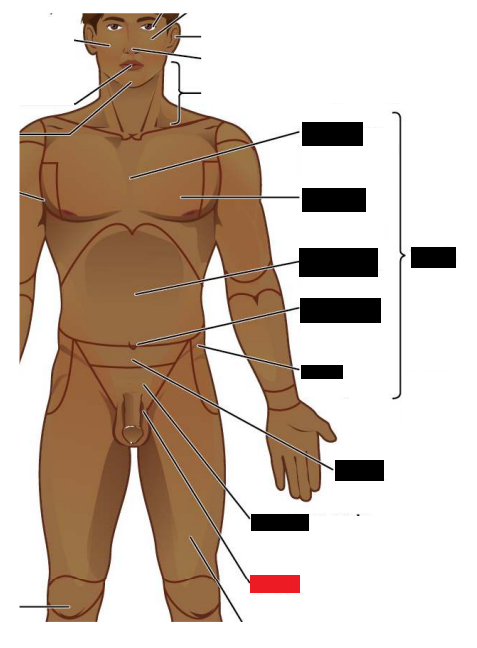
Trunk
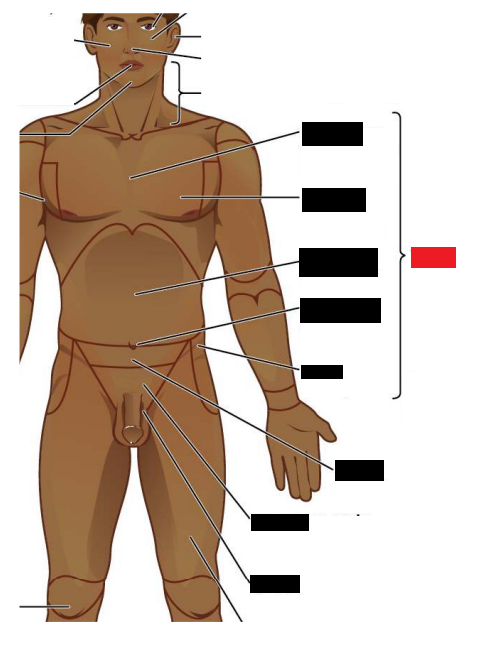
Shoulder
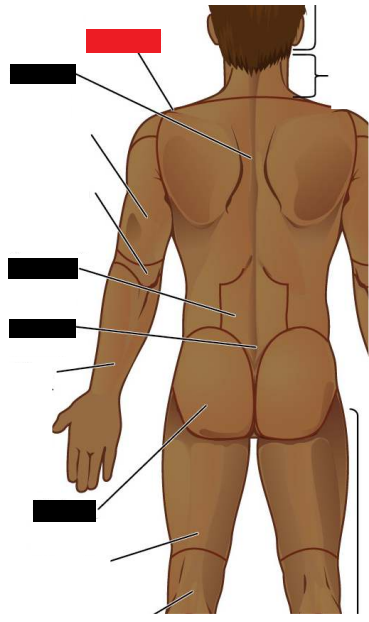
Dorsum
“Back”
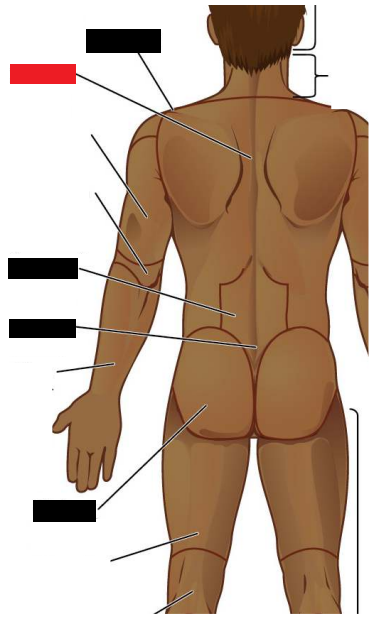
Lumbus
“Loin”
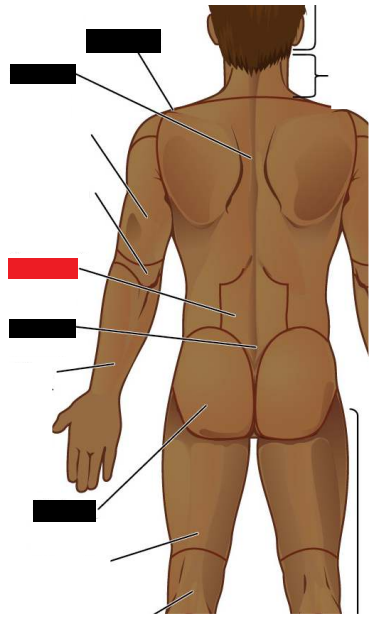
Sacrum
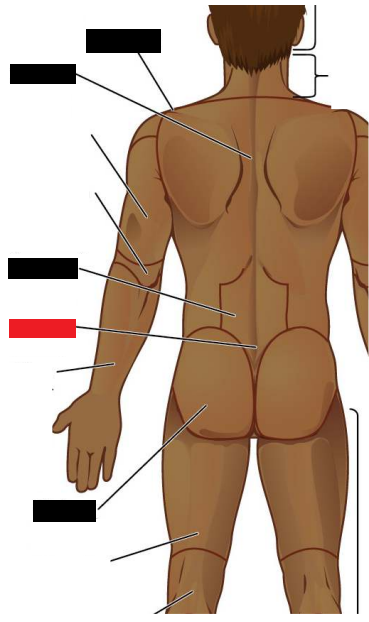
Gluteus
“Buttock”
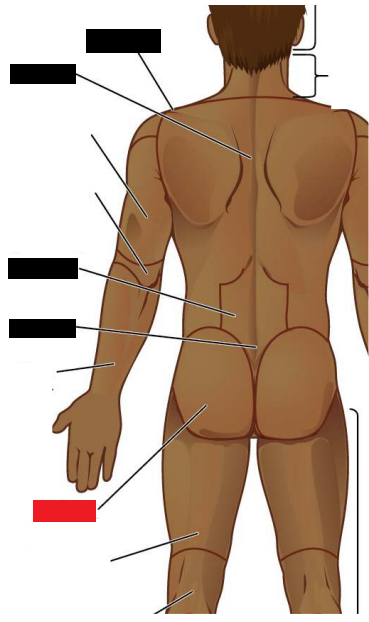
Chest / Breast
“Pectoral”
Sternum
“Breastbone” or “Center Chest”
Clavicle
“Collarbone”
Scapula
“Shoulder blade”
Sexual Organs
“Genital”
Perineum
“Between genitals and anus”
Spine
“Vertebral”
Axilla
“Armpit”
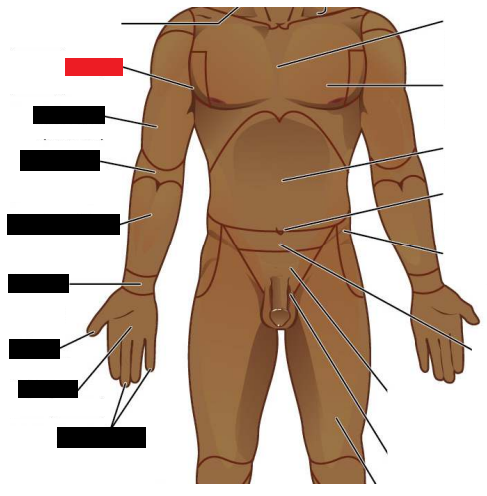
Brachium
“Arm”
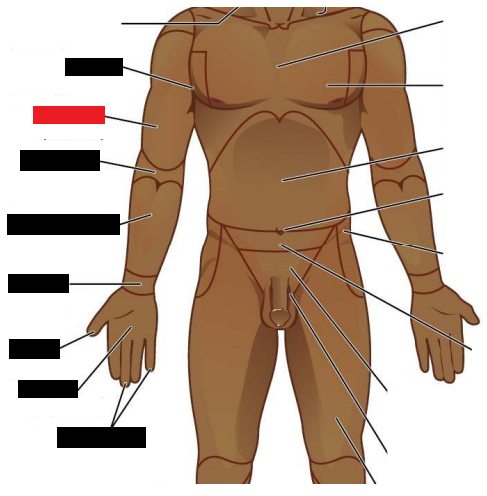
Antecubitis
“Front of elbow”
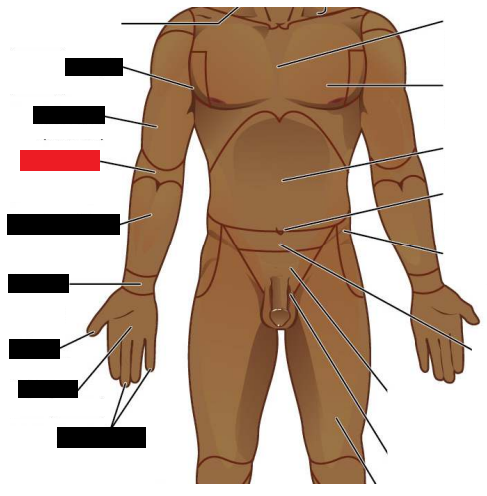
Antebrachium
“Forearm”
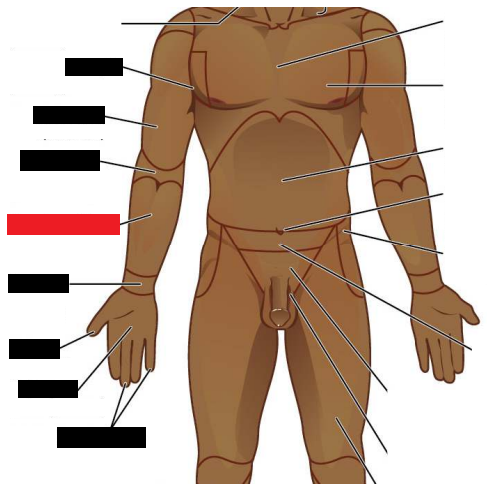
Carpus
“Wrist”
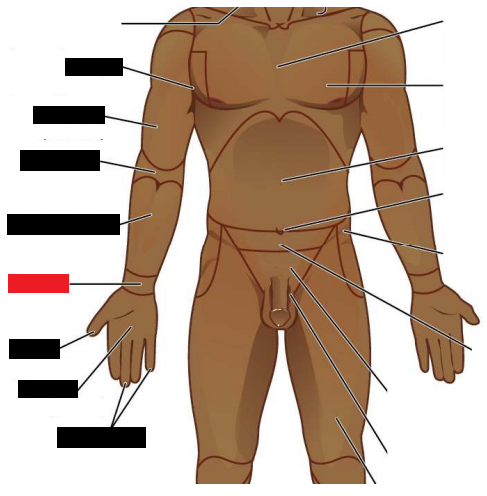
Pollex
“Thumb”
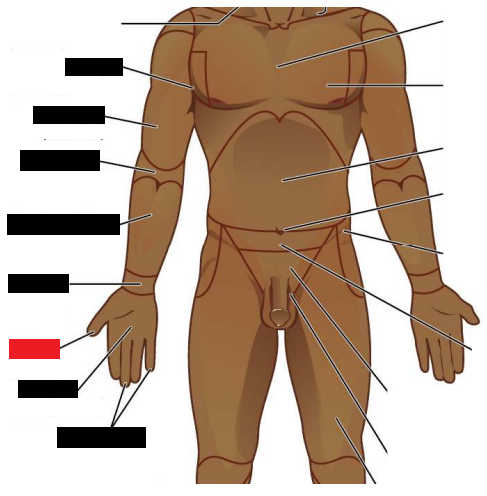
Palma
“Palm”
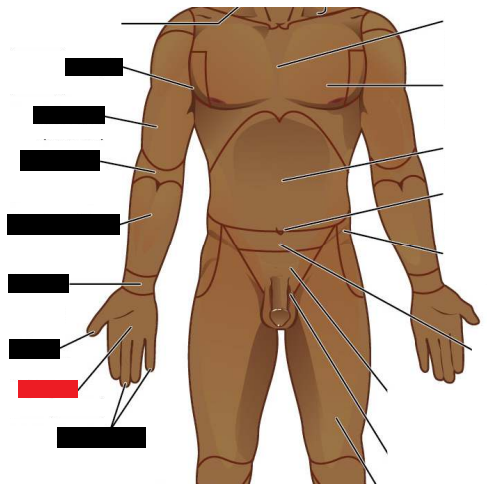
Digits / Phalanges
“Fingers”
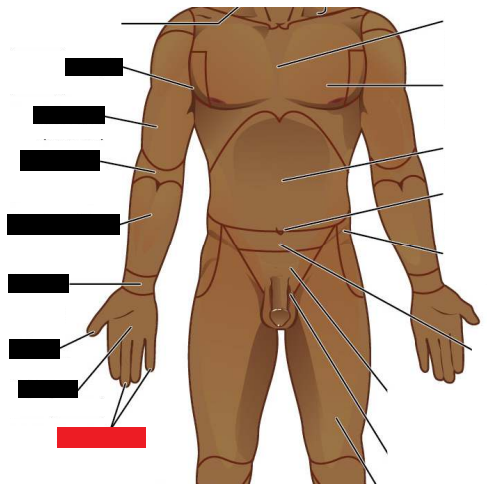
Brachium
“Arm”
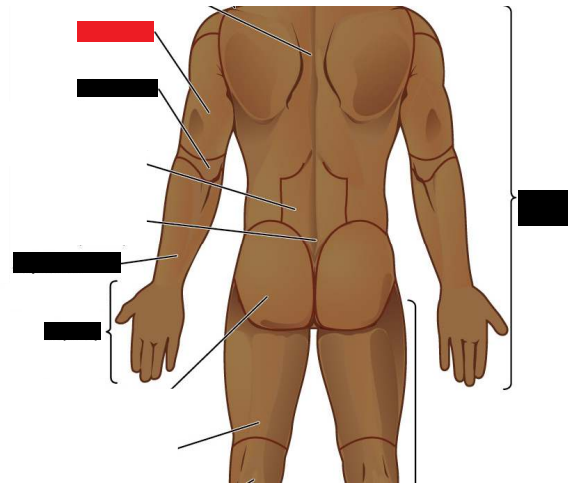
Olecranon
“Back of Elbow”
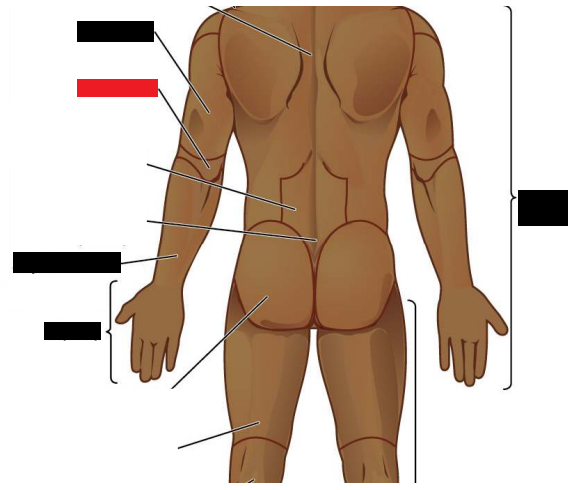
Antebrachium
“Forearm”
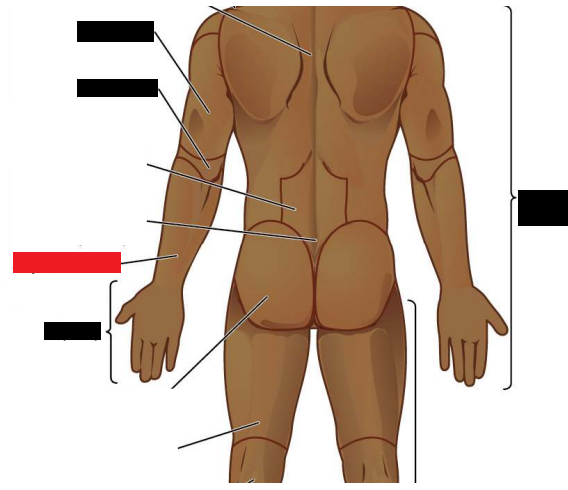
Manus
“Hand”
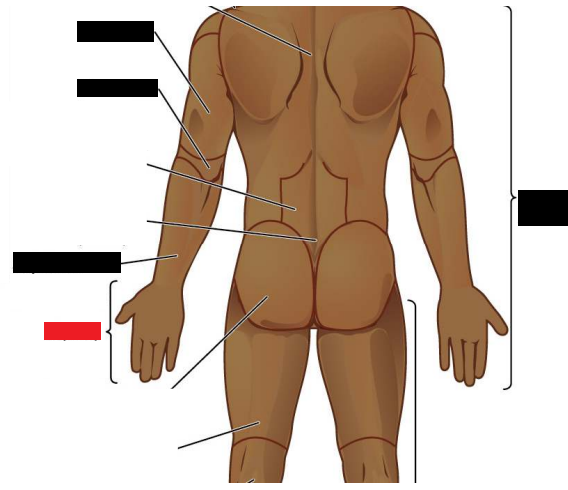
Upper Limb
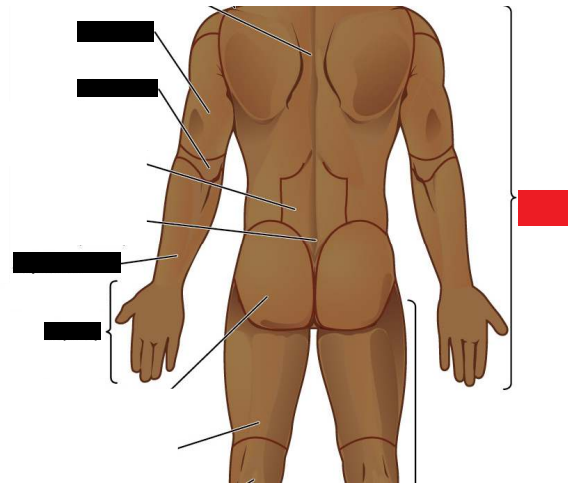
Patella
“Kneecap”
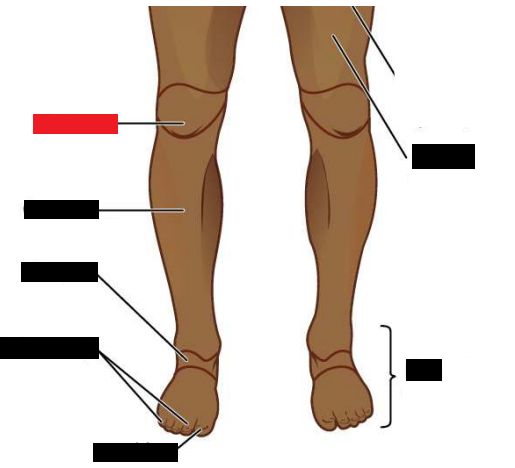
Crus
“Leg”
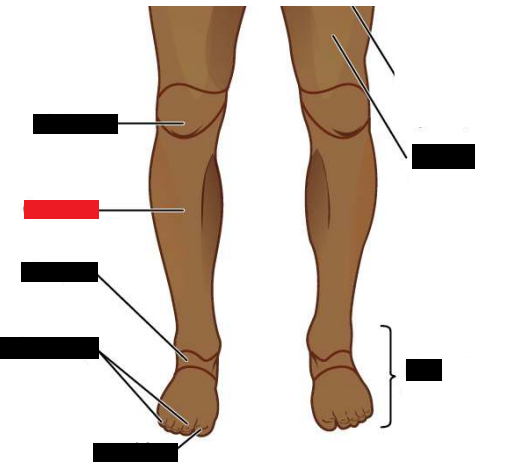
Tarsus
“Ankle”
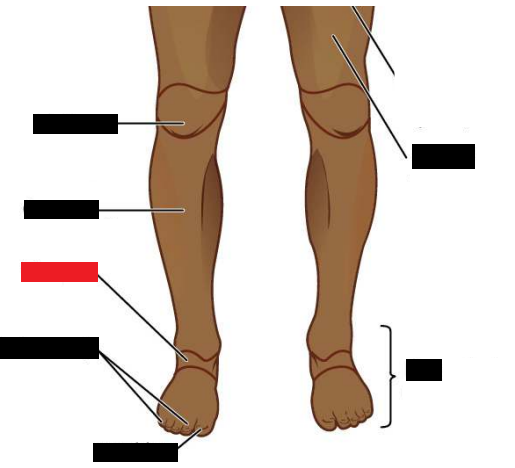
Digits / Phalanges
“Toes”
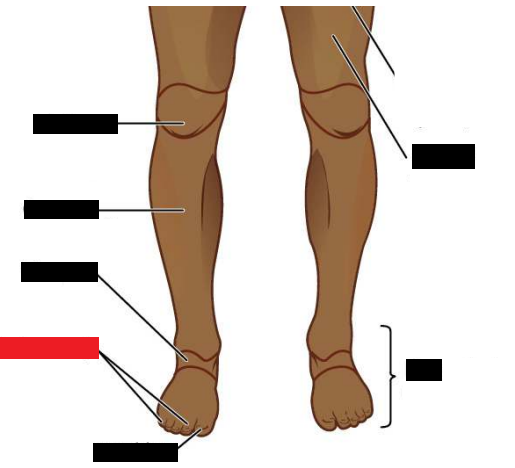
Hallux
“Great toe”
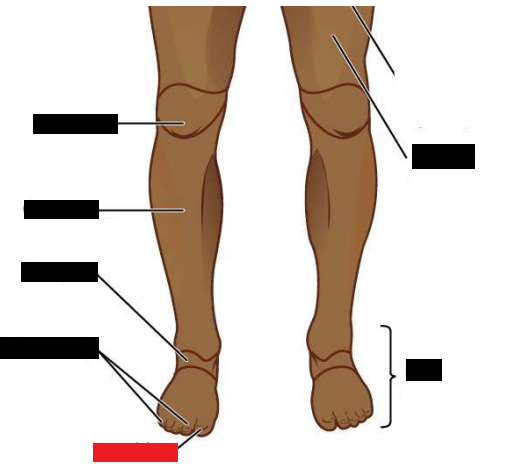
Femur
“Thigh”
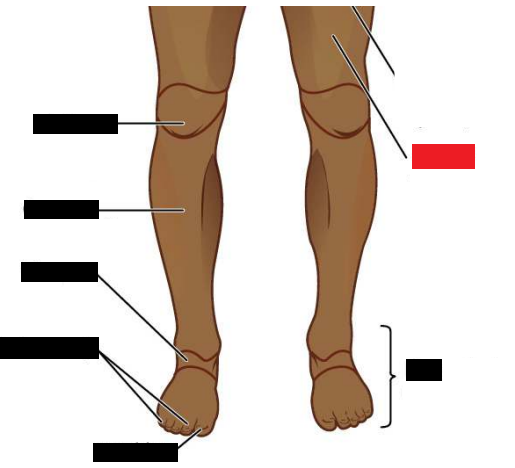
Pes
“Foot”
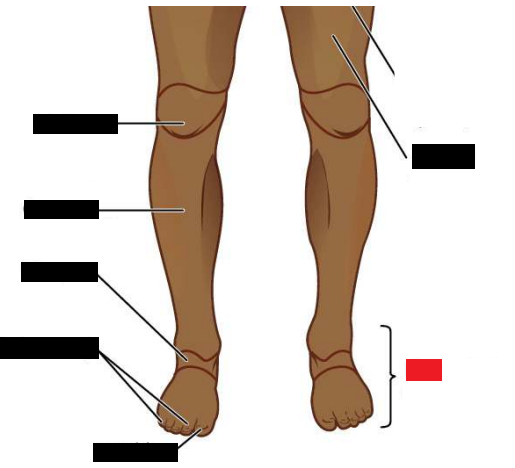
Femur
“Thigh”
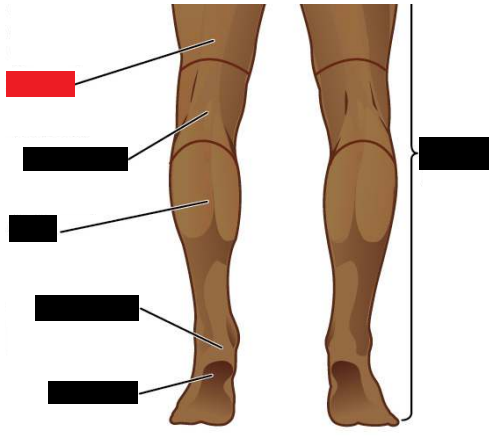
Popliteus
“Back of Knee”
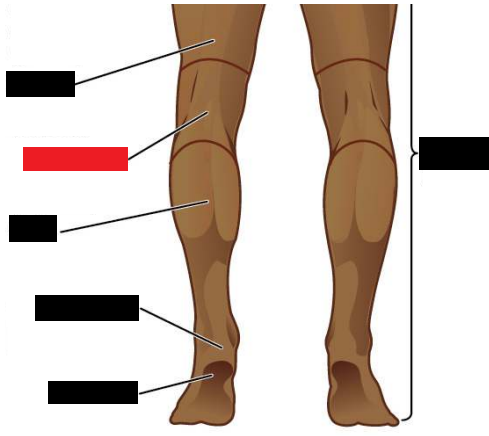
Sura
“Calf”
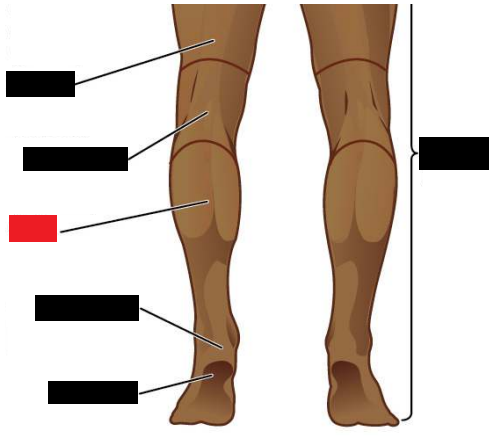
Calcaneus
“Heel of foot”
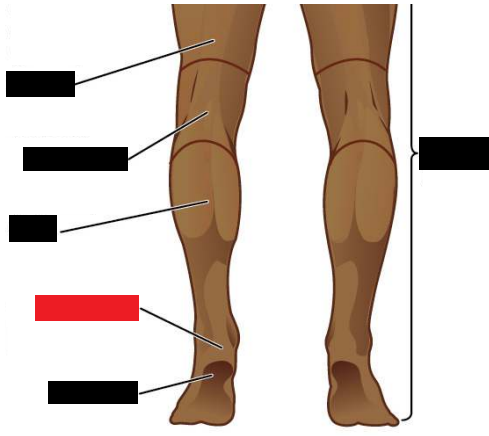
Planta
“Sole of foot”
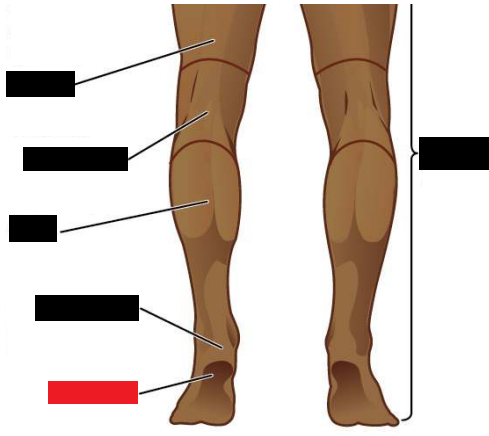
Lower Limb
